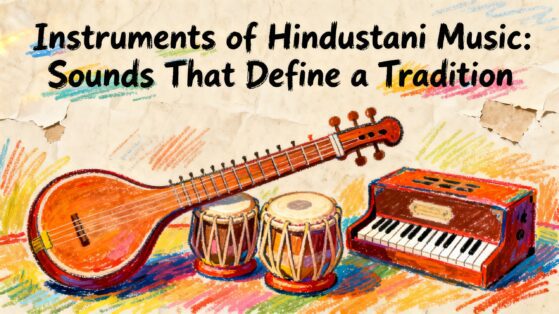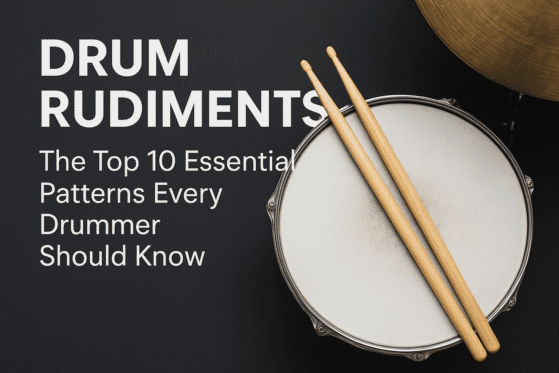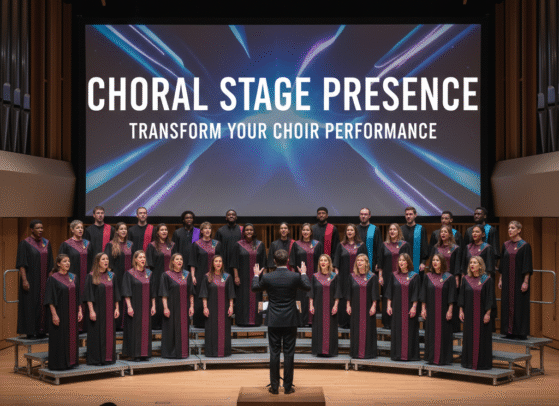History of the Piano | From Strings to Symphony
Few instruments have shaped the world of music quite like the piano. With its expressive range, elegant design, and versatility across genres, it stands as one of humanity’s most remarkable inventions. The history of the piano is a captivating journey through innovation, artistry, and the timeless human desire to create beauty through sound. But how did this iconic instrument come to be? Tracing the history of the piano reveals not just the evolution of a musical instrument, but also the story of how creativity and craftsmanship have harmonized across centuries to shape the music we know today.

The Early Roots | The Origins in the History of the Piano
To understand the piano’s origin, we must travel back centuries—long before the modern grand piano graced concert halls. The story begins with the monochord, a single-string instrument used by ancient Greeks for studying pitch and musical intervals. Over time, the psaltery, dulcimer, and zither evolved, each adding new dimensions to sound production.
The real precursor to the piano, however, was the harpsichord—a majestic instrument of the Renaissance and Baroque eras. It featured strings that were plucked by quills when keys were pressed. Though beautiful in tone, the harpsichord had one major limitation: it couldn’t vary its volume. Musicians couldn’t play notes softly or loudly; dynamics were impossible.
This very limitation sparked the desire for something new—a keyboard instrument that could mirror the emotion and depth of the human voice.

The Birth of a Dream | Bartolomeo Cristofori’s Invention
That dream took shape around 1700, in Florence, Italy. Bartolomeo Cristofori, an ingenious instrument maker serving the Medici family, was unsatisfied with the harpsichord’s limitations. His goal was clear: to design a keyboard instrument that could produce both soft (piano) and loud (forte) tones.
His solution was revolutionary. Cristofori replaced the plucking mechanism with small hammers that struck the strings instead. He called his creation the “gravicembalo col piano e forte”—which translates to “harpsichord with soft and loud”.
This innovation marked the birth of the piano.
Cristofori’s hammer mechanism allowed for expressive control and dynamic shading—something no keyboard instrument had achieved before. Though his early pianos were quieter than today’s, they laid the foundation for centuries of musical evolution.

The 18th Century | The Evolution Continues in the History of the Piano
At first, Cristofori’s invention spread slowly. Only a handful of musicians understood its potential. But as time passed, builders in Germany, Austria, and England began to refine his design.
By the mid-18th century, the piano had gained traction, thanks in part to composers like Carl Philipp Emanuel Bach, who admired its expressive range. Soon, Viennese builders such as Johann Andreas Stein introduced lighter actions and more responsive keys, making the piano ideal for the delicate phrasing of Mozart.
Meanwhile, English makers like John Broadwood built sturdier instruments with stronger frames and fuller tones—perfect for Beethoven, whose powerful compositions demanded strength and resonance.
This period was crucial. The piano was no longer an experiment; it was becoming the heart of European music.
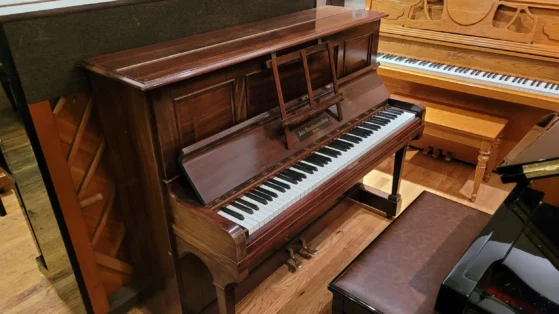
The Industrial Revolution | Power Meets Precision
As the 19th century unfolded, the Industrial Revolution transformed the piano forever. Technological advancements allowed makers to experiment with new materials and production methods.
Iron frames replaced wooden ones, allowing for greater string tension and a richer, louder sound. The invention of felt-covered hammers improved tonal warmth, while overstrung scales—where bass strings crossed over treble strings—enhanced resonance.
This was also when the modern grand piano took shape. Makers like Steinway & Sons in New York and Érard in Paris introduced groundbreaking innovations such as the double escapement mechanism, which made repeated notes faster and smoother.
With these advancements, the piano could finally fill concert halls, rival orchestras, and match the expressive demands of the Romantic era’s greatest composers—Chopin, Liszt, and Schumann.
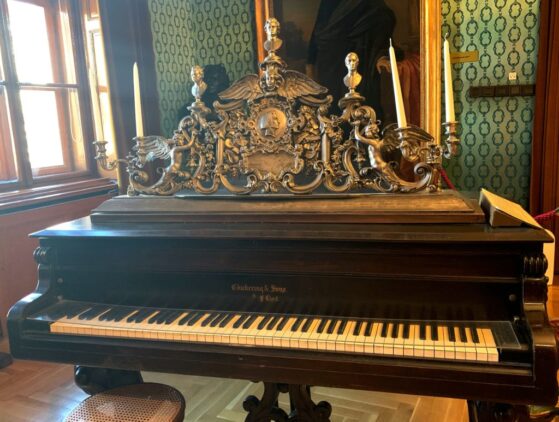
A Symbol of Culture and Expression
By the late 1800s, the piano had become more than an instrument—it was a status symbol. Owning a piano signified culture, education, and sophistication. Families gathered around the instrument for music evenings, and young women were often encouraged to learn piano as a sign of refinement.
In cities like Vienna, Paris, London, and New York, piano manufacturing boomed. Sheet music publishing thrived, and the piano became the centerpiece of both classical and popular music.
This cultural explosion paved the way for the piano’s transition into new genres—from jazz and blues to rock and pop—each reimagining the instrument in innovative ways.
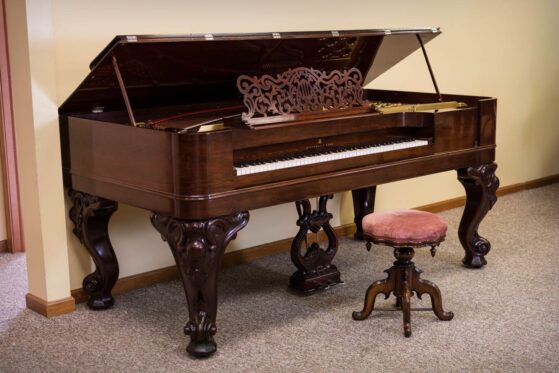
The Modern Transformation | New Eras in the History of the Piano
The 20th century brought yet another transformation. As music evolved, so did technology. The player piano, equipped with rolls that automatically played music, amazed audiences before the advent of recordings. Later, the electric piano and synthesizer redefined sound possibilities for genres like jazz fusion and pop.
Then came the digital revolution. Electronic keyboards and digital pianos offered portability, affordability, and advanced sound modeling that captured the nuances of acoustic instruments. Yet, despite these innovations, the charm of a grand piano’s resonant strings and wooden frame remains unmatched.
Today, the piano continues to bridge tradition and innovation—appearing everywhere from conservatories to concert stages, from classrooms to film studios.

A Legacy That Endures | The Timeless Beauty in the History of the Piano
The piano’s story is not just about mechanics or materials—it’s about emotion, creativity, and human connection. It has inspired countless composers, from Mozart to Rachmaninoff, and continues to shape the music of modern artists.
From the whisper of a single note to the thunder of a full chord, the piano remains a universal language—expressing joy, sorrow, and everything in between.
And so, from Cristofori’s workshop in Florence to the digital studios of today, the piano’s journey reminds us of something timeless:
True art evolves, but its soul endures.
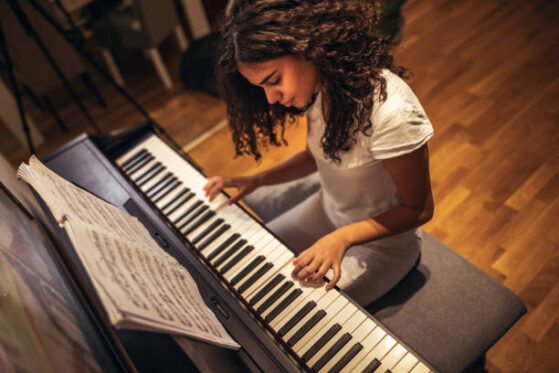
Conclusion | The Piano’s Everlasting Magic
The piano is more than an instrument—it’s a bridge between centuries, styles, and emotions. Its evolution reflects not only advancements in craftsmanship but also the very essence of human creativity.
Even today, whether you’re playing a simple melody or a virtuosic sonata, you’re part of a story that began over 300 years ago—a story of innovation, passion, and music that speaks directly to the heart. At The Mystic Keys, we celebrate this timeless legacy by guiding students to not only master piano techniques but also to connect deeply with the instrument’s rich history and expressive power. Every note played becomes a continuation of that grand musical journey.
For more information and exciting resources about learning music, visit our website at The Mystic Keys. For more music content and exciting offers follow us on
Facebook, Instagram, YouTube, LinkedIn, Twitter, Pinterest, and Threads.



